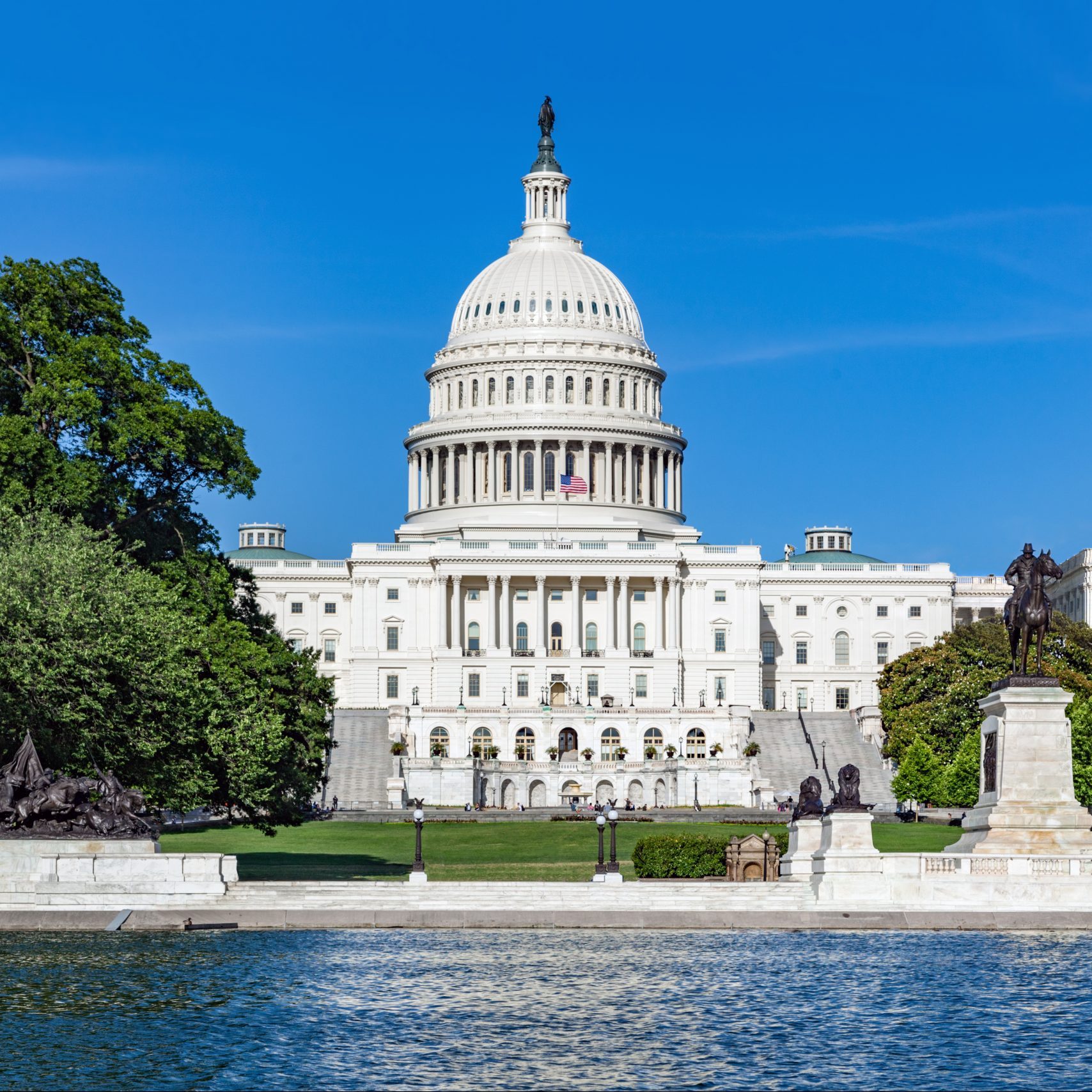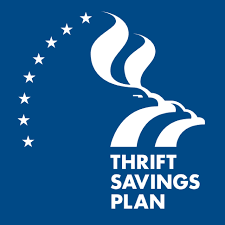Some TSP Features among Many Policies Affected by Spending Bill

An enormous spending package is currently before Congress. Among its numerous components are new requirements that would affect TSP investment and withdrawal programs and the continuation of several long-running practices.
The same tax law sections cover the TSP as 401(k)s and similar plans. Therefore the proposal incorporates wording from a bill that had advanced but yet to reach passage separately to make several adjustments to retirement savings programs.
The required distribution age would go up from 72 to 73, starting with those turning 73 in the coming year, and then to 75 beginning in 2033. Additionally, the limit on catch-up contributions investments above normal limits for those 50 and older was $6,500 in 2022 and will increase by $7,500 in 2033. It will go up to $10,000 for those aged 60-63 beginning in 2025.
The new law allows the TSP to treat employee payments toward their student loans like 401(k) contributions. Automatic enrollment for new workers and matching contribution rates are areas where the wording would set minimal criteria that TSP rules currently exceed.
The new senate measures would prohibit using TikTok on government-issued devices, with some exceptions for law enforcement and security-related activities. This language is included in the omnibus package as well. OMB would have to give guidelines about uninstalling it from devices within two months.
There are also recurring provisions in general government appropriations bills, such as a ban on training unrelated to official duties and a prohibition on conducting “Circular A-76” studies that could lead to the contracting out of federal jobs, as well as a general ban on abortion coverage in the FEHB.
As the new Congress is set to convene on January 3, with Republicans taking control of the House and Democrats holding a slim majority in the Senate, this bill is the final item on the agenda before lawmakers break for the holidays.
The Defense Department Authorization Act, which cleared Congress last week, was the final significant item of the year. In addition to the many unique hiring and compensation authority applicable to the Department of Defense, the law contains several other provisions.
Among these were authorization measures for the intelligence community, the State Department, and the Coast Guard and damage compensation payments for federal firefighters.
The defense law ended the requirement that military members get the COVID-19 vaccination. It still needs to address a comparable assignment for government employees, which is now halted by an injunction that is being appealed.
Contact Information:
Email: [email protected]
Phone: 3039011337
Bio:
PRESIDENT,
(FRC) FEDERAL RETIREMENT CONSULTANT
Caine Crawford Sr. uses his more than 20 years of experience in the financial services industry to help Federal Employees throughout the United States with their Benefits and retirement needs. Caine is President and Lead Benefits Counselor for the Federal Employee Advocacy Group, based in Denver Colorado.
When Caine’s father sought to retire from CSRS, he came to Caine for help. It was then that Caine discovered a lack of financial resources readily available to federal employees, and he sought to become better informed to help others. Caine met with his first GSA client in 2008, and he was shocked to learn that client truly did not know what to do with a thrift savings plan (TSP) after retirement. Following that meeting, Caine founded Federal Employee Advocacy Group and became laser-focused on helping federal employees maximize income and benefits while minimizing expenses and taxes.
Caine teaches Federal Benefits and Retirement workshops for Federal Agencies, all across the Country. He understands federal benefits can appear somewhat complex and lack clarity. By creating a custom benefit analysis, Caine pinpoints the gaps in clients’ current plans, maps out TSP growth based on historical data and ensures clients have a lifetime of income and a dignified retirement.
Caine has now published his book, The Educated Fed: Your Guide to Understanding & Maximizing Federal Benefits. The Educated Fed is a self-help book for federal employees who want to learn how to maximize their federal benefits for retirement. Inside you’ll find answers you didn’t even know you had questions for…With the help of a retired Department of Defense employee, Caine will walk you through all of the moving parts that are your federal benefits and show you which ones you have control of, which ones will make you money, and which ones could cost you. Even though we’re in the information age, we’ve found out that an “informed” federal employee is not as well positioned as an “educated” federal employee. The Educated Fed aims to address the gap between information and real education that we observed in teaching hundreds of federal benefits workshops across the country for numerous agencies.
Caine graduated from the University of South Carolina with a Bachelor of Science in finance. He then lived in Colorado for 25 years before moving with his family back to South Carolina to live near a lake. He and his wife have four children and enjoy spending time together when they can among their busy schedules. Caine also enjoys coaching lacrosse at the local high school.





